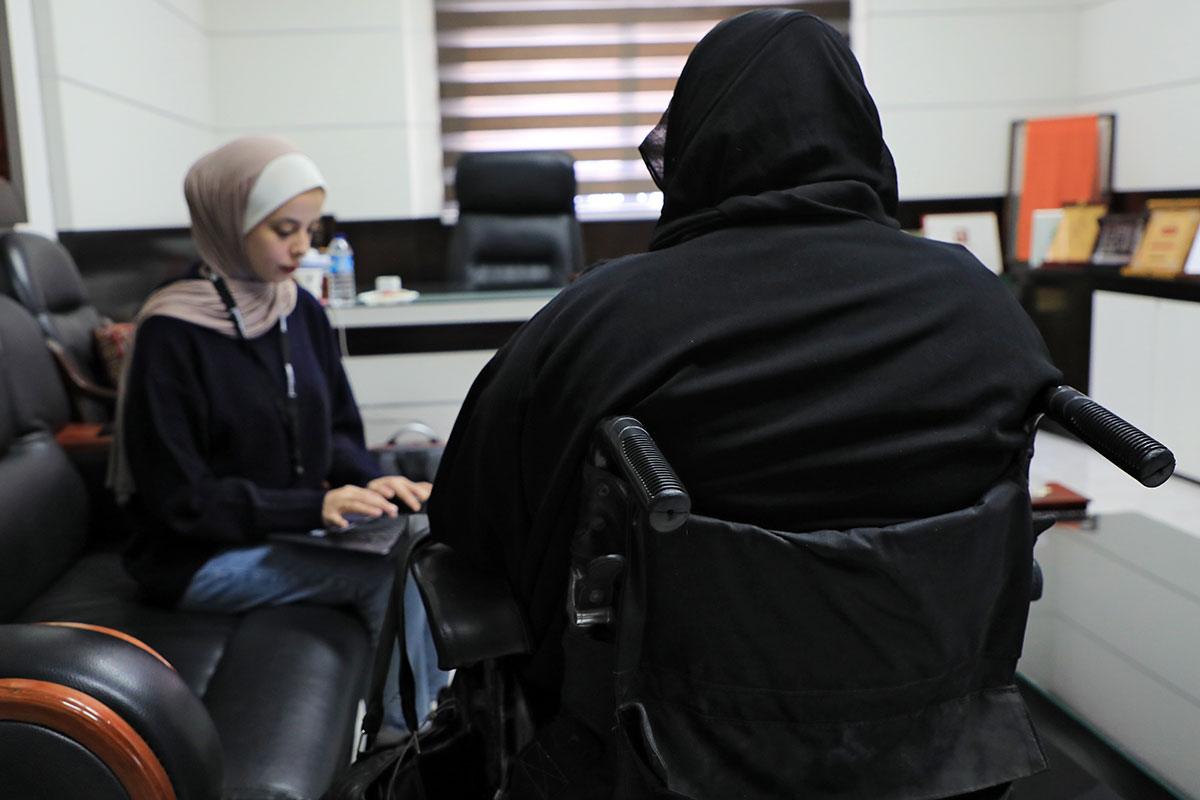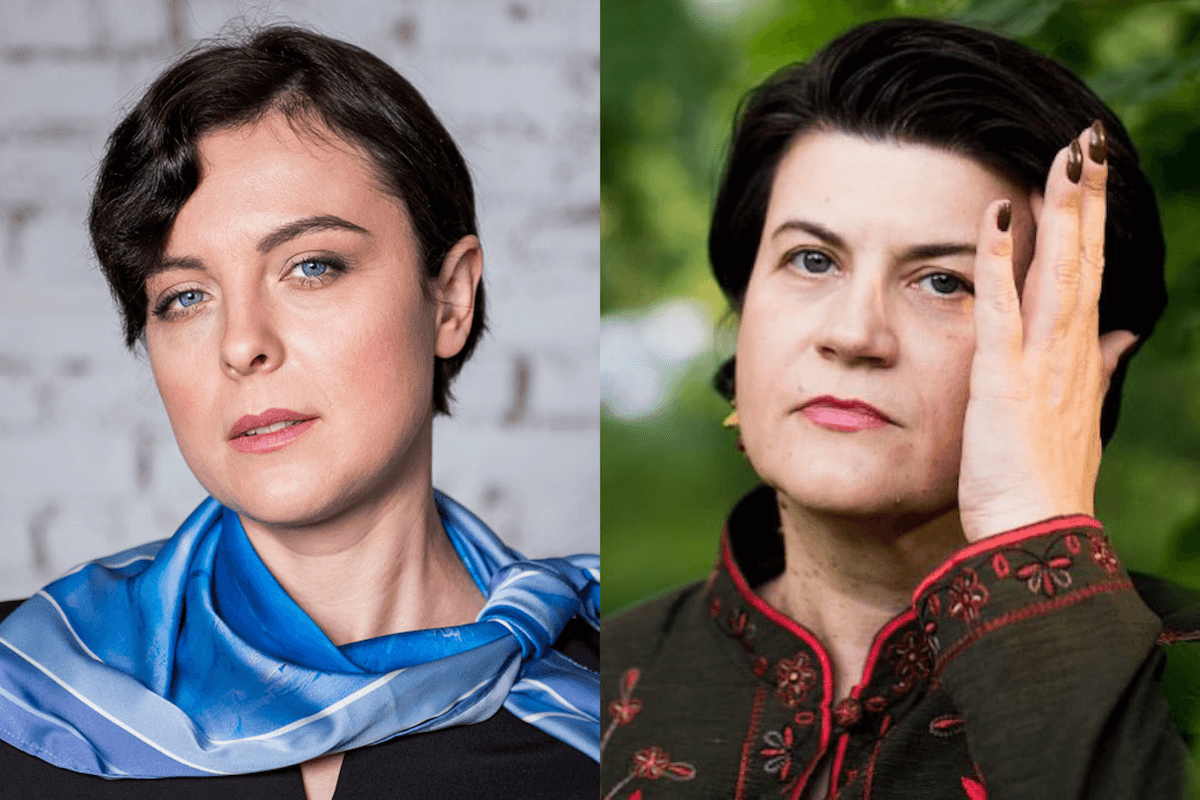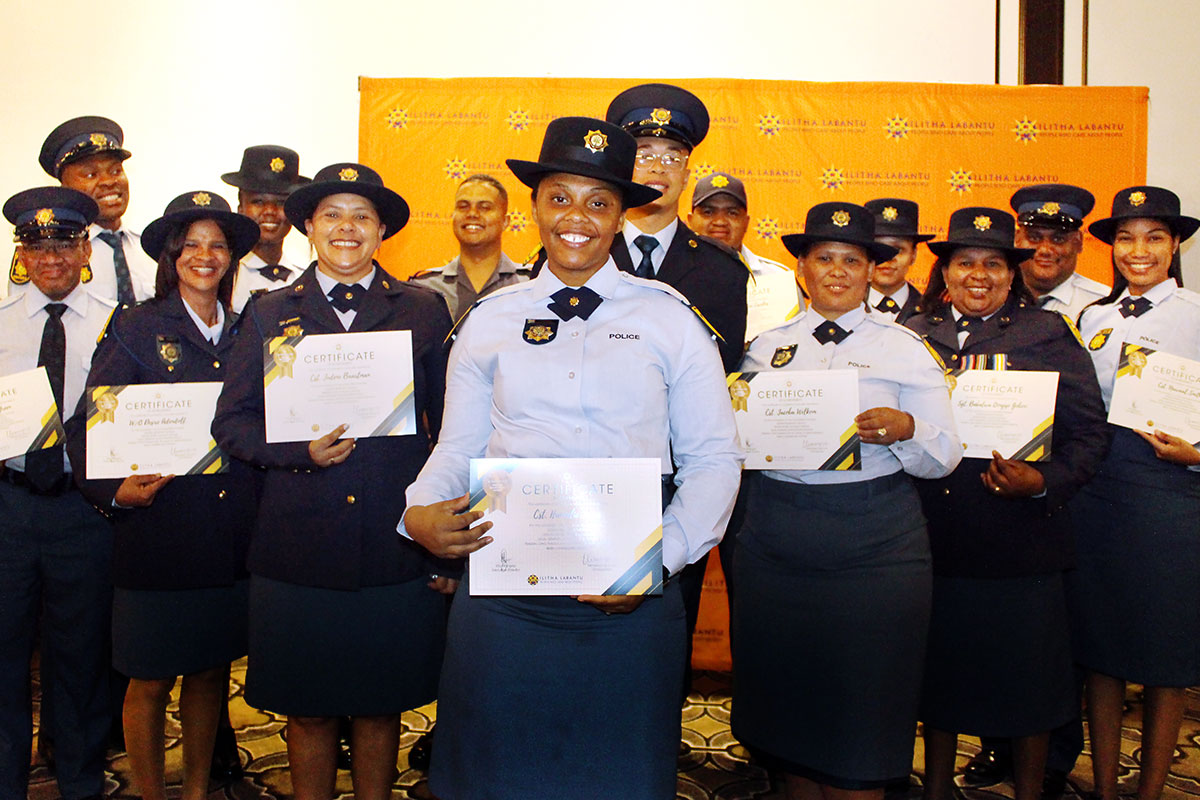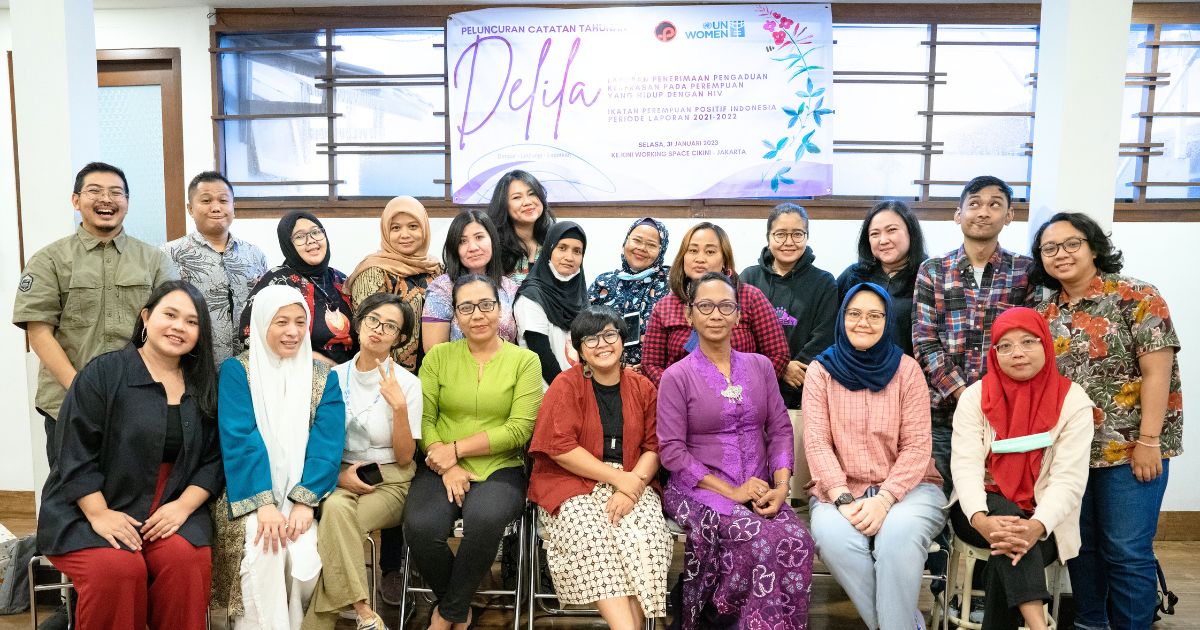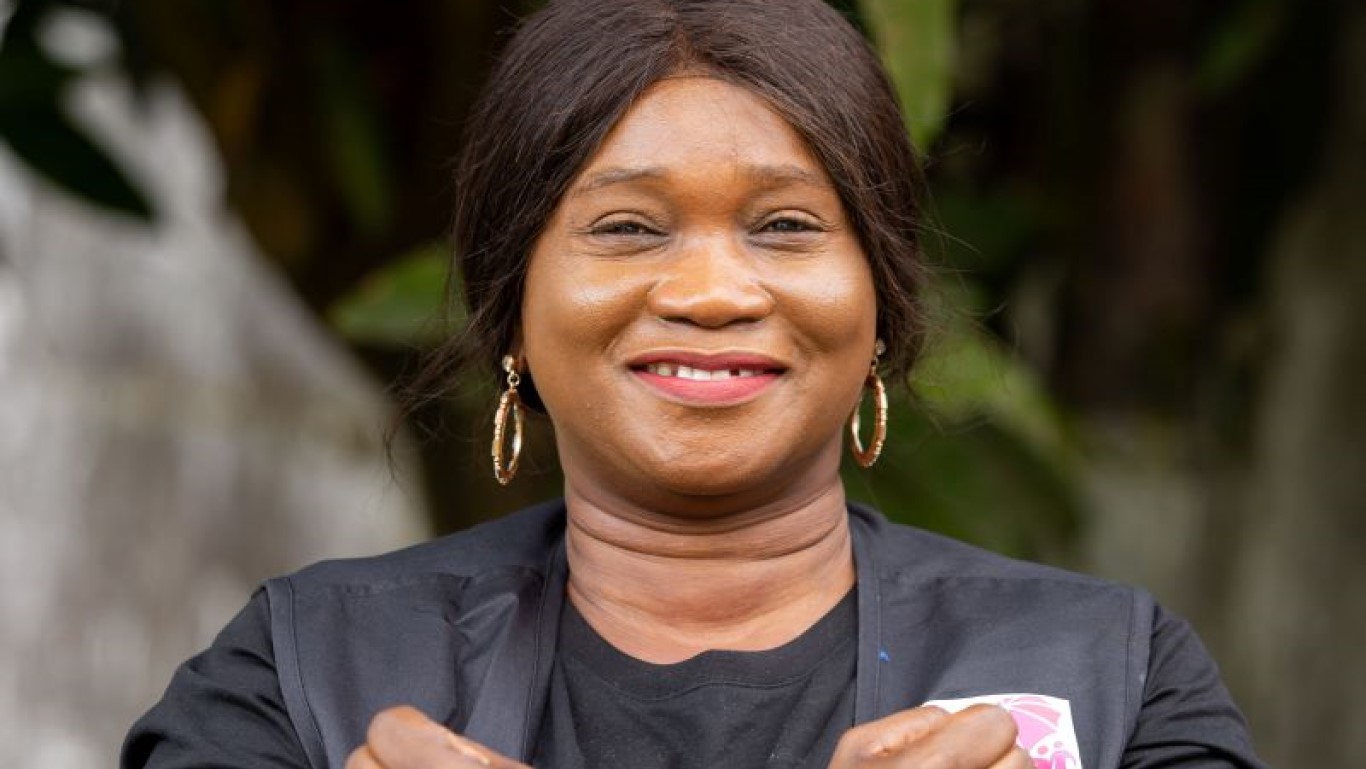
- 2022
- 2023
Impact 3: Ending violence against women
All women and girls live a life free from all forms of violence.
Financial flows (expenses) in 2023 towards impact areas and systemic outcomes
Find out where UN Women's resources come from, where they go and how they are changing the lives of women and girls.
come from Recipient regions Where resources go Impact areas What resources are
spent on Systemic outcomes Which results are
delivered
Impact indicators in 2023
UN Women is co-custodian of this SDG indicator with WHO, UNFPA, UNICEF, UNODC, UNSD and UNDP.
Common indicators are those that appear verbatim the same in at least two entities' results frameworks and are drawn, where possible, directly from other globally agreed frameworks.
Common


Complementary indicators are identified as those in the results framework that are not repeated verbatim in the results framework of another United Nations entity, but are related or provide different but complementary lenses or insights into the same issue, high-level result and/or area of complementary work, such as a Sustainable Development Goal target.
Complementary

UN Women is co-custodian of this SDG indicator with WHO, UNFPA, UNICEF, UNODC, UNSD and UNDP.
Common indicators are those that appear verbatim the same in at least two entities' results frameworks and are drawn, where possible, directly from other globally agreed frameworks.
Common


Common indicators are those that appear verbatim the same in at least two entities' results frameworks and are drawn, where possible, directly from other globally agreed frameworks.
Common

Complementary indicators are identified as those in the results framework that are not repeated verbatim in the results framework of another United Nations entity, but are related or provide different but complementary lenses or insights into the same issue, high-level result and/or area of complementary work, such as a Sustainable Development Goal target.
Complementary

Common indicators are those that appear verbatim the same in at least two entities' results frameworks and are drawn, where possible, directly from other globally agreed frameworks.
Common


Disclaimer and notes
References to Kosovo shall be understood to be in the context of United Nations Security Council resolution 1244 (1999).
